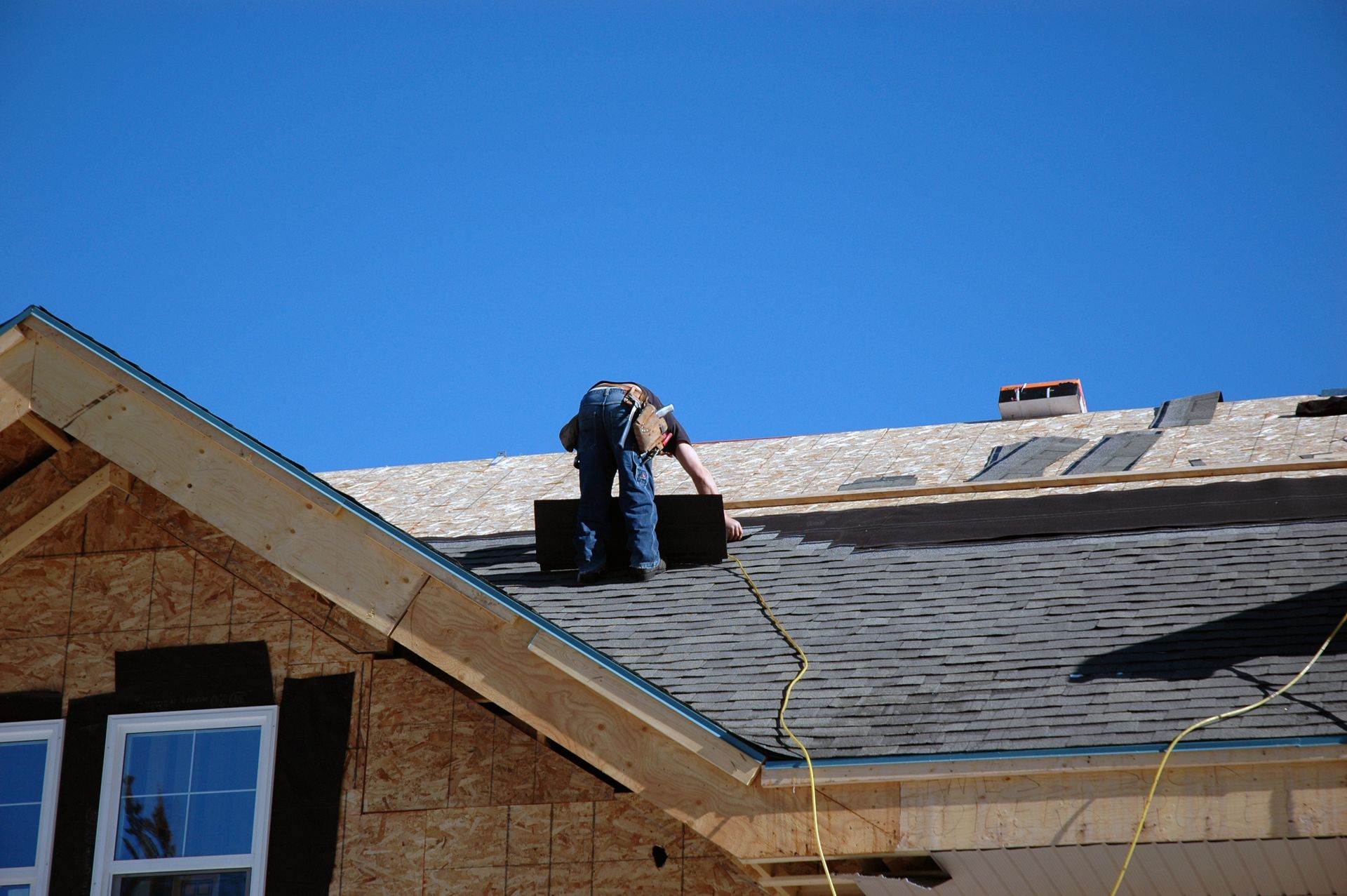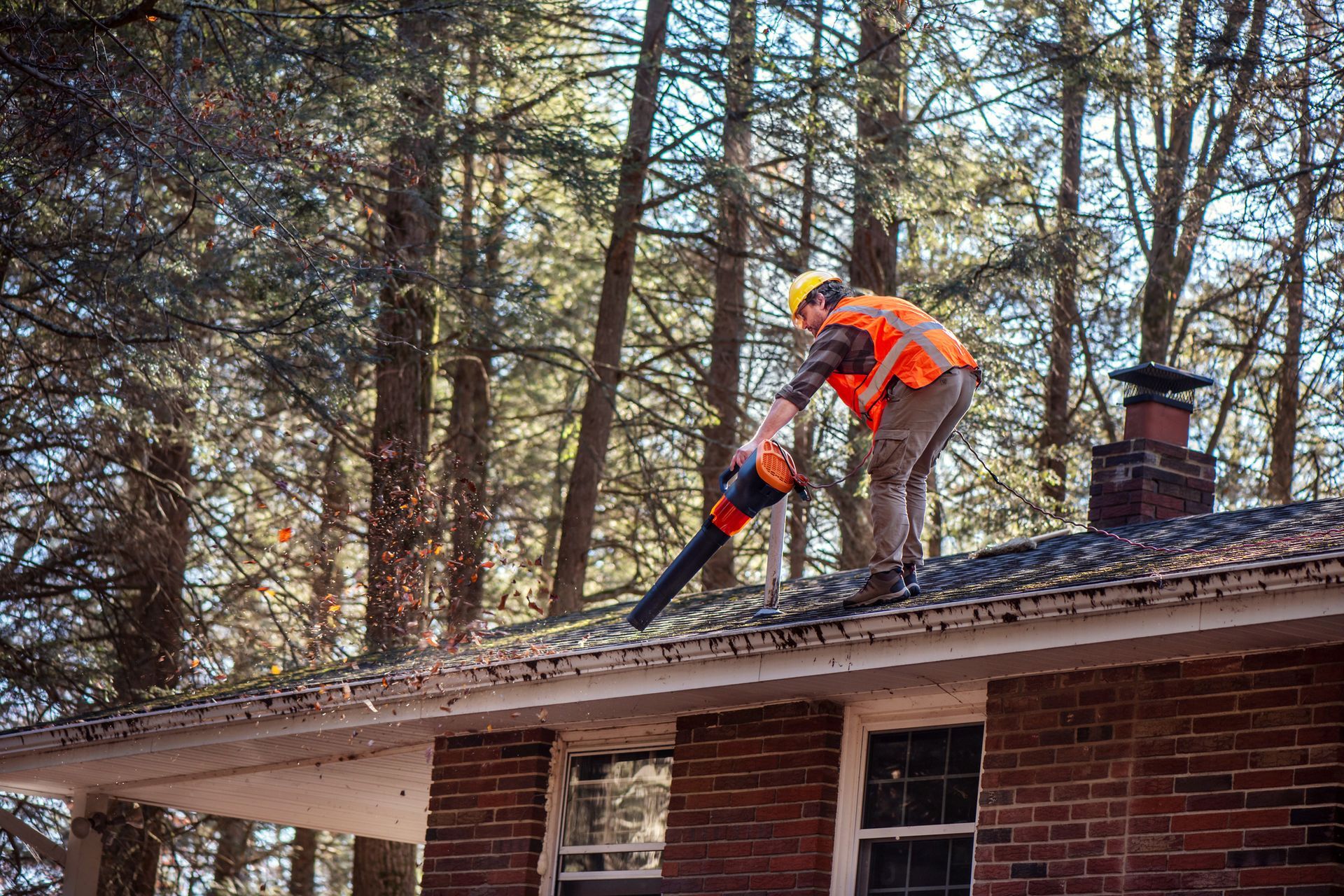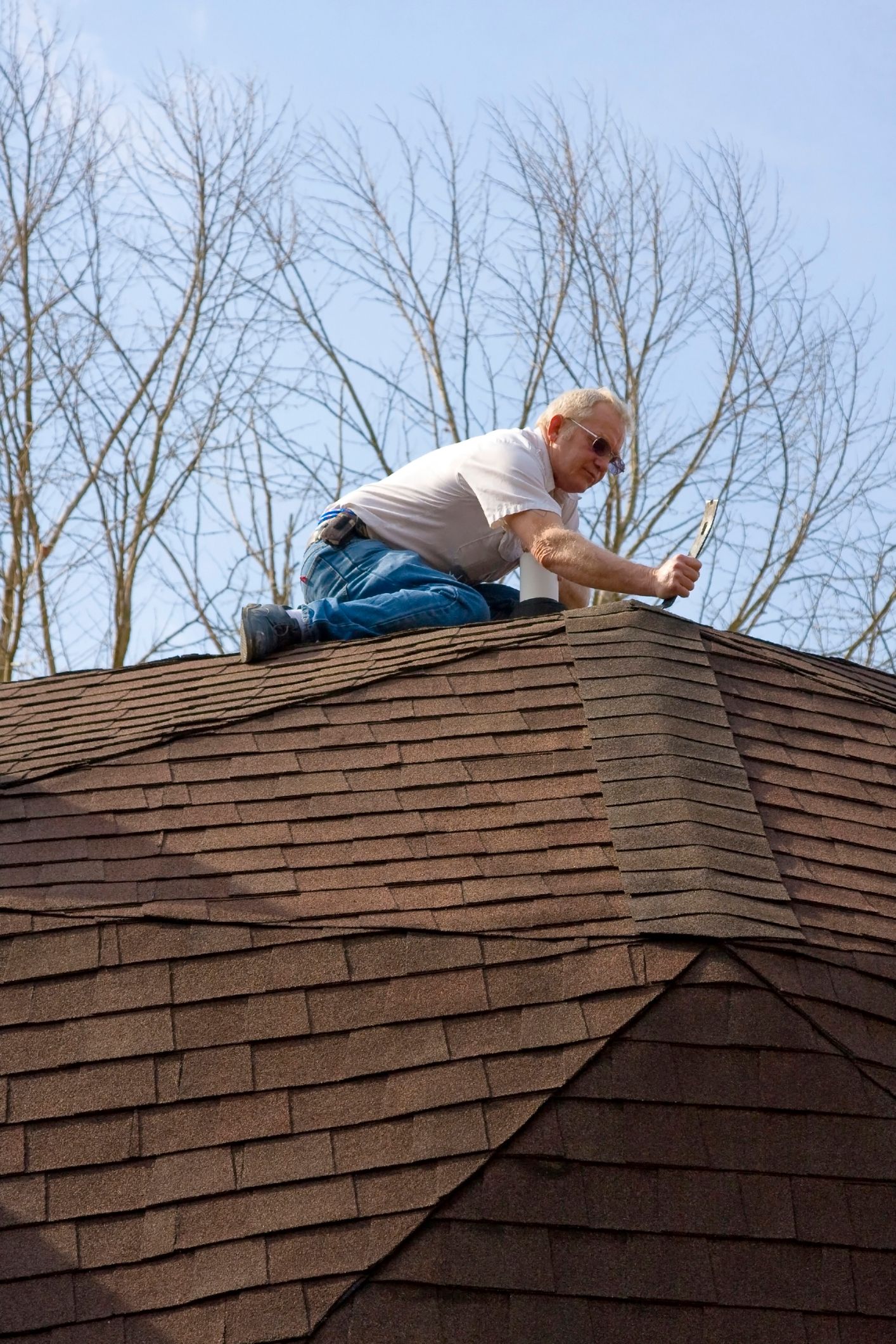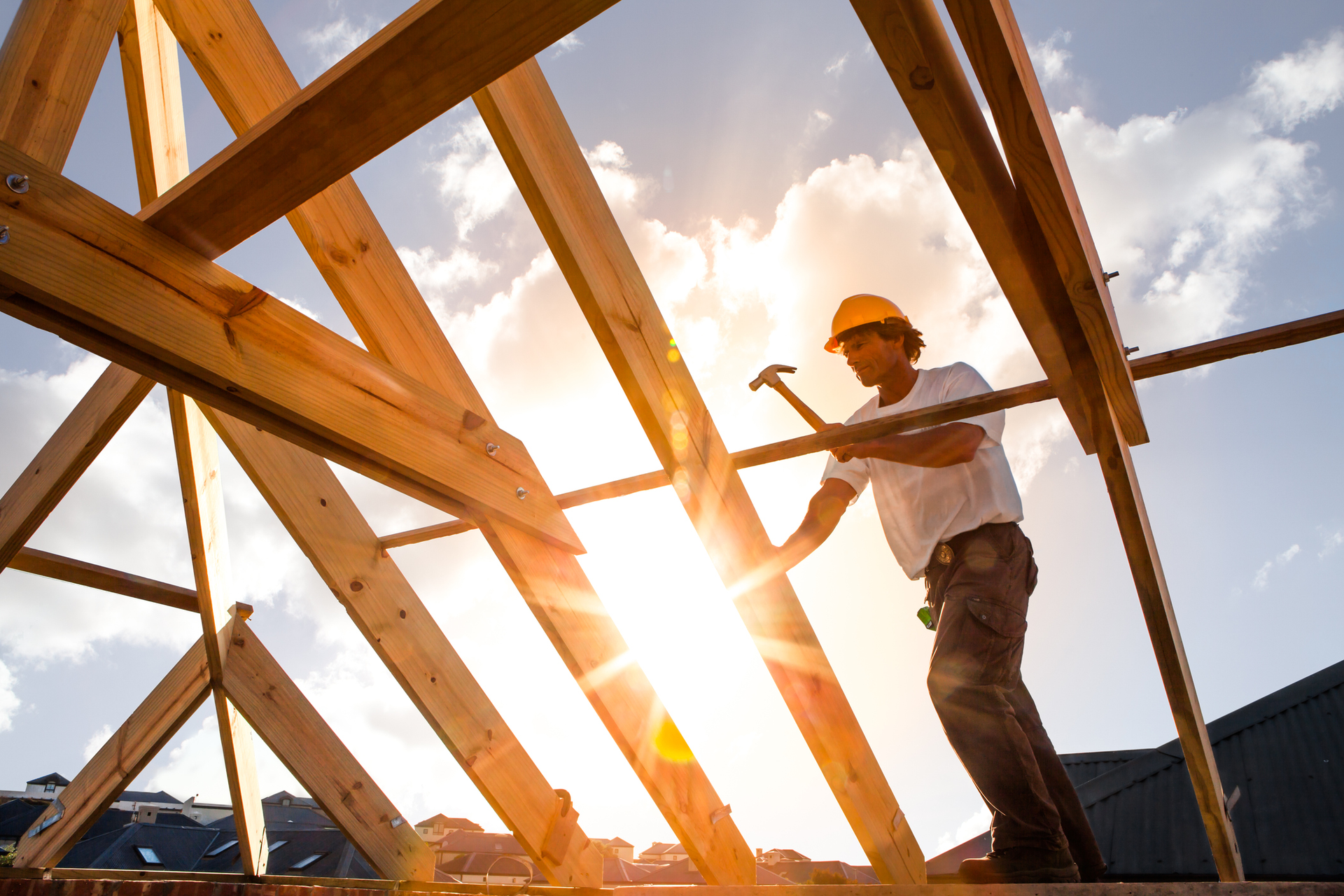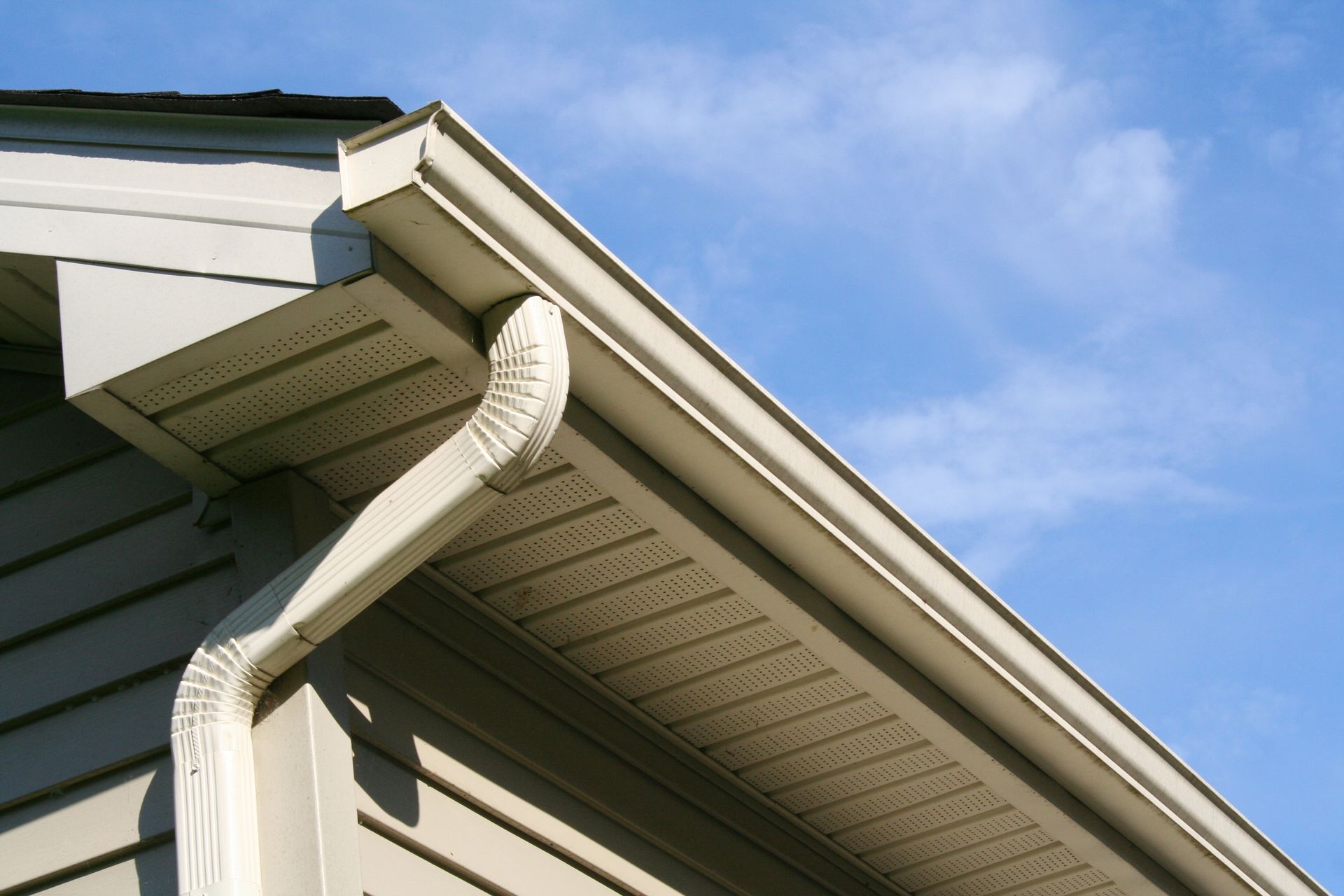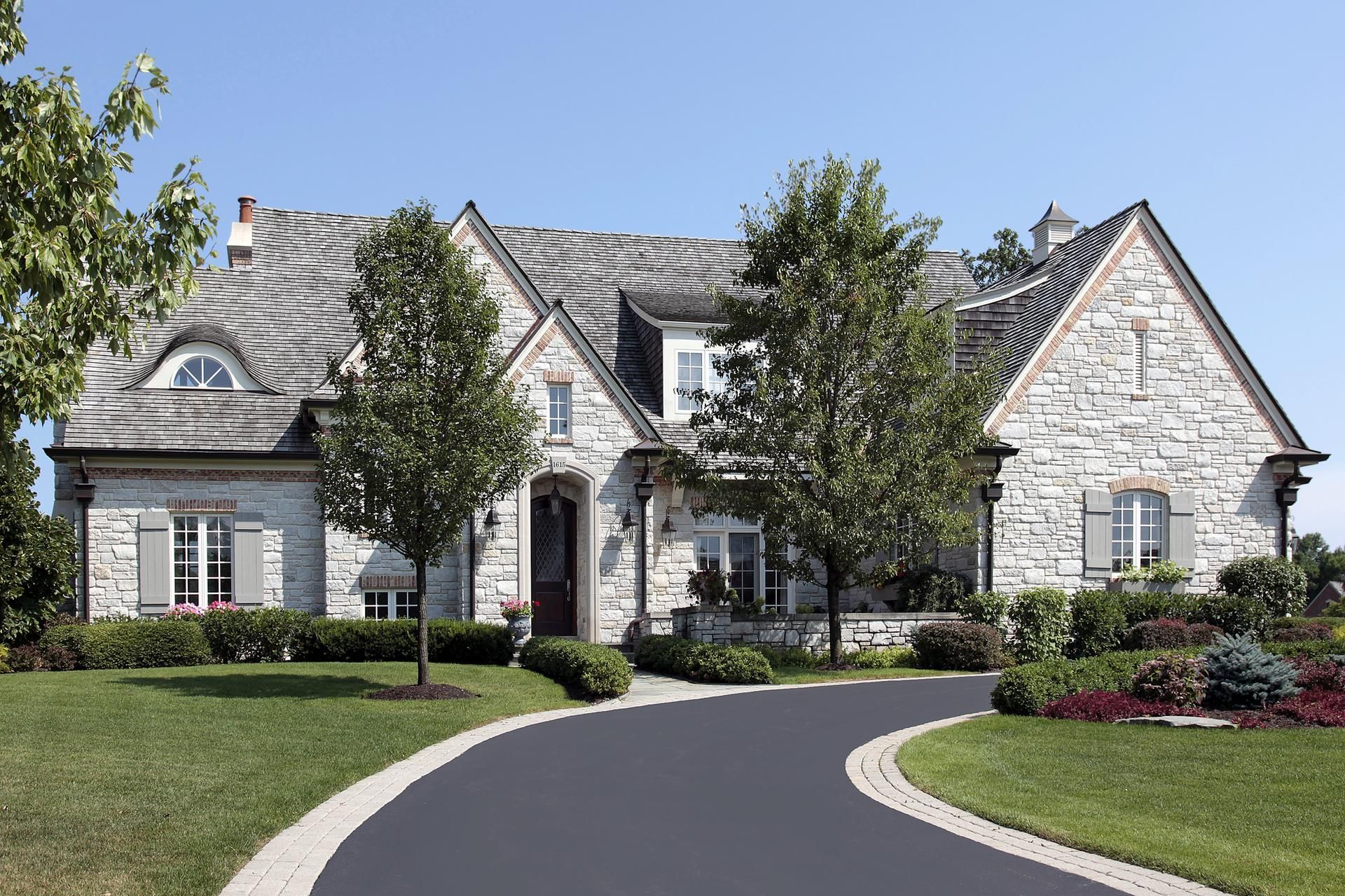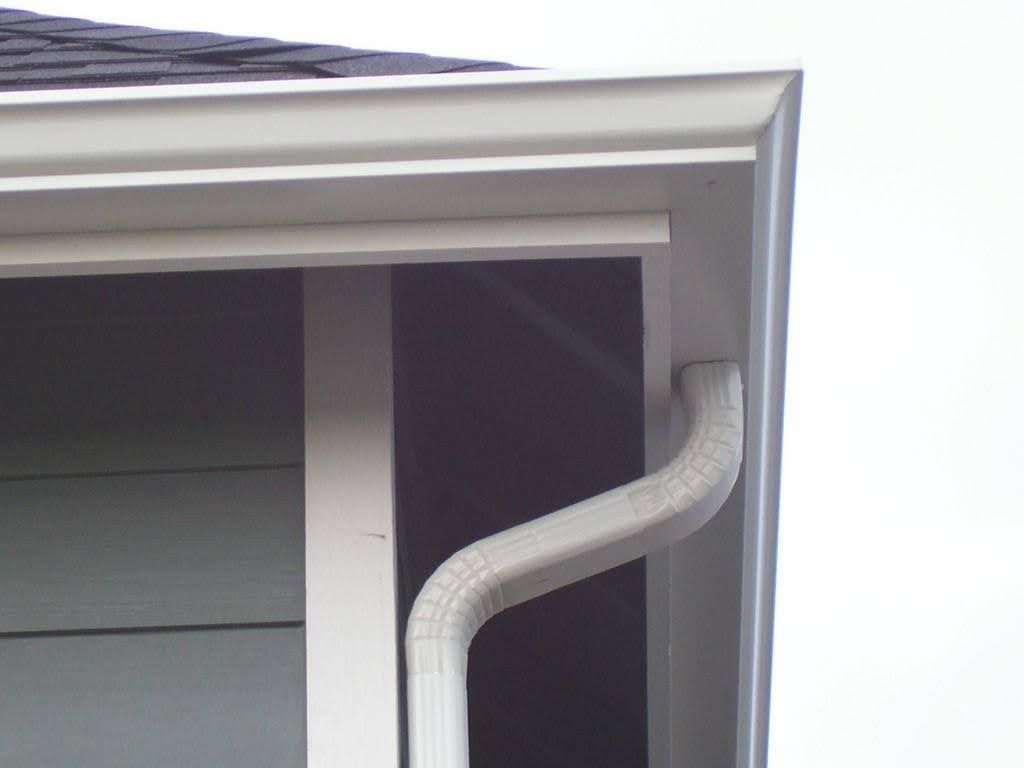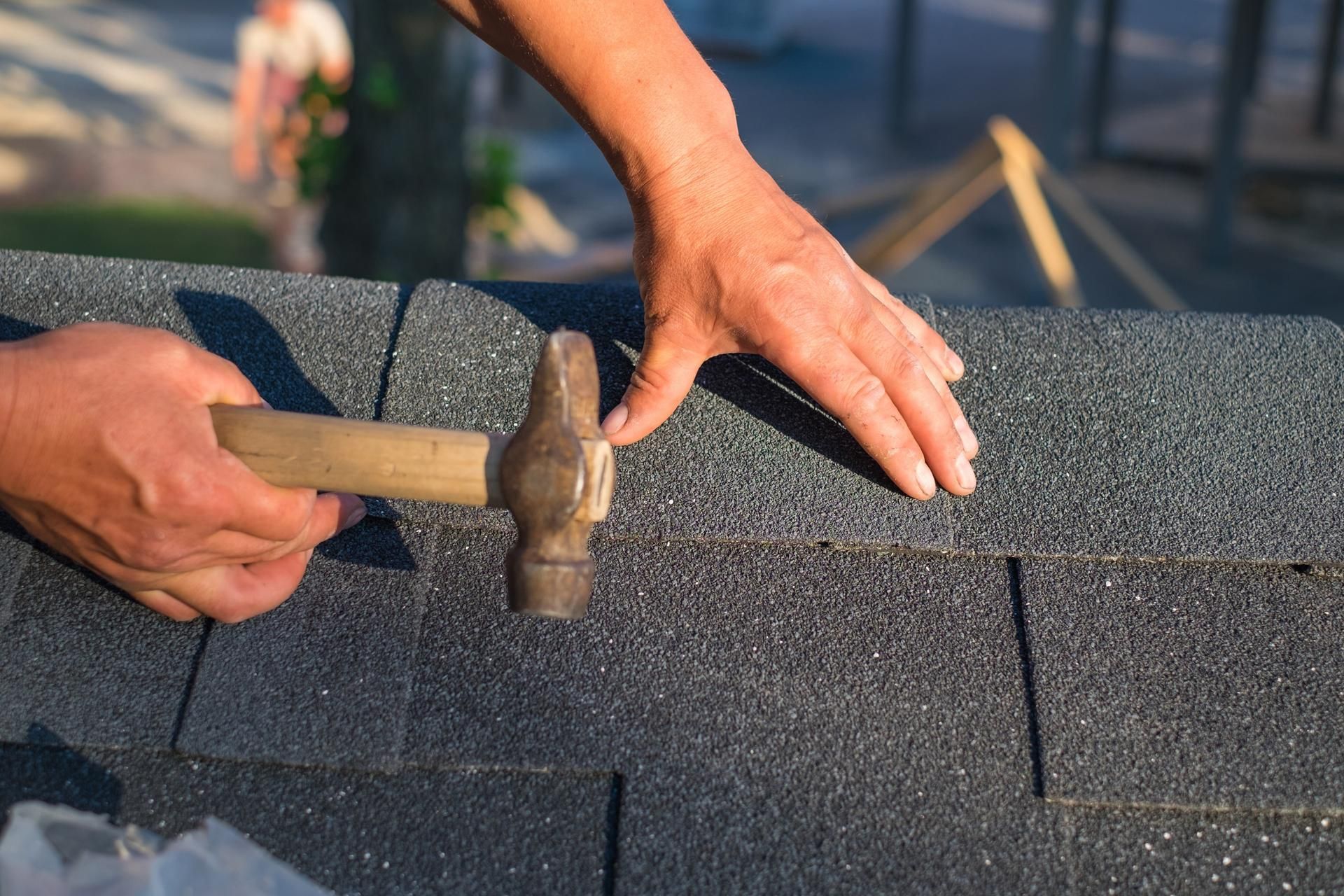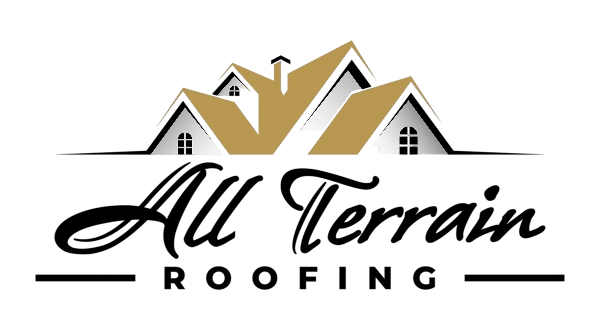4 Big Reasons Not to Ignore Roof Leaks
Water is one of the most dangerous elements your roof must face. Even the smallest roof leak has the potential to work its way down to the foundation of your home, compromising the quality and integrity of your home along the way. Rot, decay, and serious structural damage are all problems you could face if a roof leak isn't repaired.
The next time you are tempted to overlook a minor leak in your roof, remember these four reasons why a small leak can become a big problem for your home.
1. Ceiling and Attic Damage
The first place that water leaking through your roof will gather is in your attic. Any belongings that you have stored in your attic are susceptible to water damage when your roof leaks. The moisture that collects in the attic can also begin to seep through into the ceilings of your living space. If you have a leak, you may start to notice some discoloration and softening of your ceiling materials in the area affected by the leak.
Restoring a ceiling that has been damaged by water can be costly. The best way to avoid these expensive restoration fees is to regularly check your roof for leaks.
If you are able to spot a leak while it's relatively small, you can have a roofing contractor make the necessary repairs before your ceilings and attic sustain any serious damage.
2. Insulation Damage
The open spaces within your home's building envelope are filled with insulation. The primary purpose of insulation is to prevent the transfer of air between your home's interior and the outside environment. Without quality insulation, it becomes difficult to maintain a constant temperature inside your home.
Roof leaks can have a negative impact on insulation. Many types of insulation lose all effectiveness when they are exposed to moisture. A small roof leak can compromise the quality of the insulation in your roof and attic. And the damaged insulation can lead to a significant increase in your monthly utility costs. Damaged insulation can also place unnecessary strain on your HVAC equipment.
A roofing contractor should be called in to repair any roof leaks as quickly as possible to preserve the integrity of your home's insulation and energy efficiency.
3. Structural Damage
As the leak travels downward from your roof to your home's foundation, serious damage can be sustained by the construction materials used to build your home.
Roof leaks can cause paint and plaster to peel, rafter and ceiling joists to fail, and wall framing to rot. The cost of repairing these types of structural damage can be high. The foundation of your home is also at risk of sustaining structural damage when your roof has a leak.
Water can also cause your home's foundation to crack. These cracks allow pests to gain entry to your home and compromise the stability of the foundation itself.
Bring in an experienced roofing contractor to repair leaks as soon as they are identified to avoid costly structural damage to your home in the future.
4. Fire Hazards
Your home is filled with electrical cables and conduits that provide your appliances with power. And water and electricity don't mix well with one another. A roof leak that allows water to come into contact with your electrical system can create a fire hazard inside your home. The affected wires could inadvertently spark, leaving materials nearby susceptible to catching fire.
Wiring that has been damaged by a roof leak can also increase the potential for electrical shock when using any of the appliances in your home.
Contact
All Terrain Roofing for help eliminating leaks in your roof today.
509-499-4643
